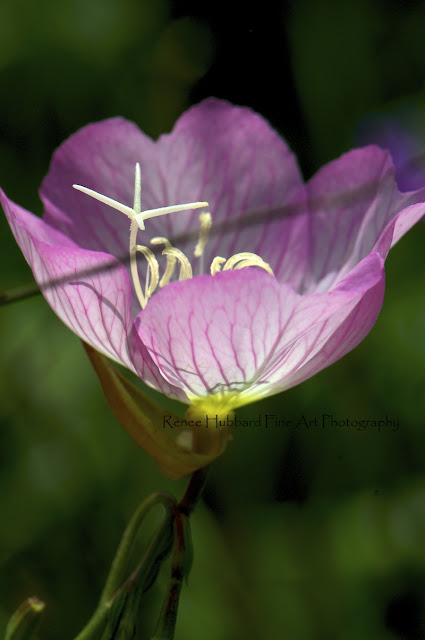“In every piece of work beauty is achieved through the convergence of numerous factors brought into union under the rules of due proportion and harmony.”
And so it is with photography. It is the interplay between many factors, such as light, shadow, time of day, season, colours, framing and expression, plus the unique way in which the photographer perceives what lies within his/her viewfinder that must all come together to produce the raw material for an outstanding image.
And then, there is that one moment in time when the shutter must be depressed to move the image from ordinary to creatively brilliant!
Plutarch, in his epic work ‘Moralia’, states: “In all works of art, beauty is, so to speak, the product of a large quantity of numbers that achieve a single ‘kairos’ by means of a system of proportion and harmony.”
‘Kairos’ is the ancient Greek word meaning the right or opportune moment – the supreme moment in time – and there is nothing in this world that does not have its supreme moment.
Finding and communicating that moment is what all artists strive for.
French photographer, Henri Cartier-Bresson discovered this early on in his brilliant career as a photojournalist. Considered a national treasure by France, he became one of the finest and most eminent photographers of our time.
His extraordinary black and white photographs are shaped by a passionately empathetic eye and an intelligent mind that unerringly focused on the very heart of his subject.
“Inside movement there is a moment at which the elements in motion are in balance,” Cartier-Bresson wrote. “Photography must seize upon this moment and hold immobile the equilibrium of it.”
“Photography is not like painting,” he said in a 1957 interview with the Washington Post. “There is a creative fraction of a second when you are taking a picture. Your eye must see a composition or an expression that life itself offers you, and you must know with intuition when to click the camera. That is the moment the photographer is creative.”
How do we recognize when that moment occurs?
How do we achieve that brilliance in our work?
It seems that it is not something that can be taught. It exists in the photographer’s mind, and like the sweet spot in the tennis player’s racquet, once you discover it, it will catapult your work into another dimension.
As with everything of an artistic nature, finding the supreme moment is a combination of constant practice and experimentation.
Great photographers always say that they tend to take pictures all the time, that their camera accompanies them everywhere, and that they are most comfortable looking at the world through a viewfinder.
This continual practice develops an intuitive muscle memory, much the same as perfecting a technique on a musical instrument, which enables the development of extremely fast reflexes both physically and mentally. After many, many hours, it seems everything comes together and you stop asking yourself if now is the time to press the shutter. You just know it is!
Taking pictures of anything and everything has always been something I have enjoyed doing. Even now, I continue to find photography so incredibly exciting and rewarding.
It has shown me things beyond my imagination, revealing to me the incredible beauty, mystery, power, strangeness and diversity that is life.
Photography has introduced me to another world, a world that I know I will spend the rest of my life in, chasing those elusive supreme moments that Cartier-Bresson seemed to capture so easily.
All photographs in this blog were taken yesterday afternoon at the Roma Street Parklands, an area that is in the process of recovering from the devastating floods that inundated Brisbane a month ago. I am continually amazed at how fast Nature can bounce back. Many floral displays were damaged or destroyed but everywhere I walked yesterday, there was new growth and regeneration.






















Outstanding post ~ Amazing images!
ReplyDeleteSo very beautiful!!!
ReplyDeleteA truly stunning world, thank you for sharing this!
ReplyDelete